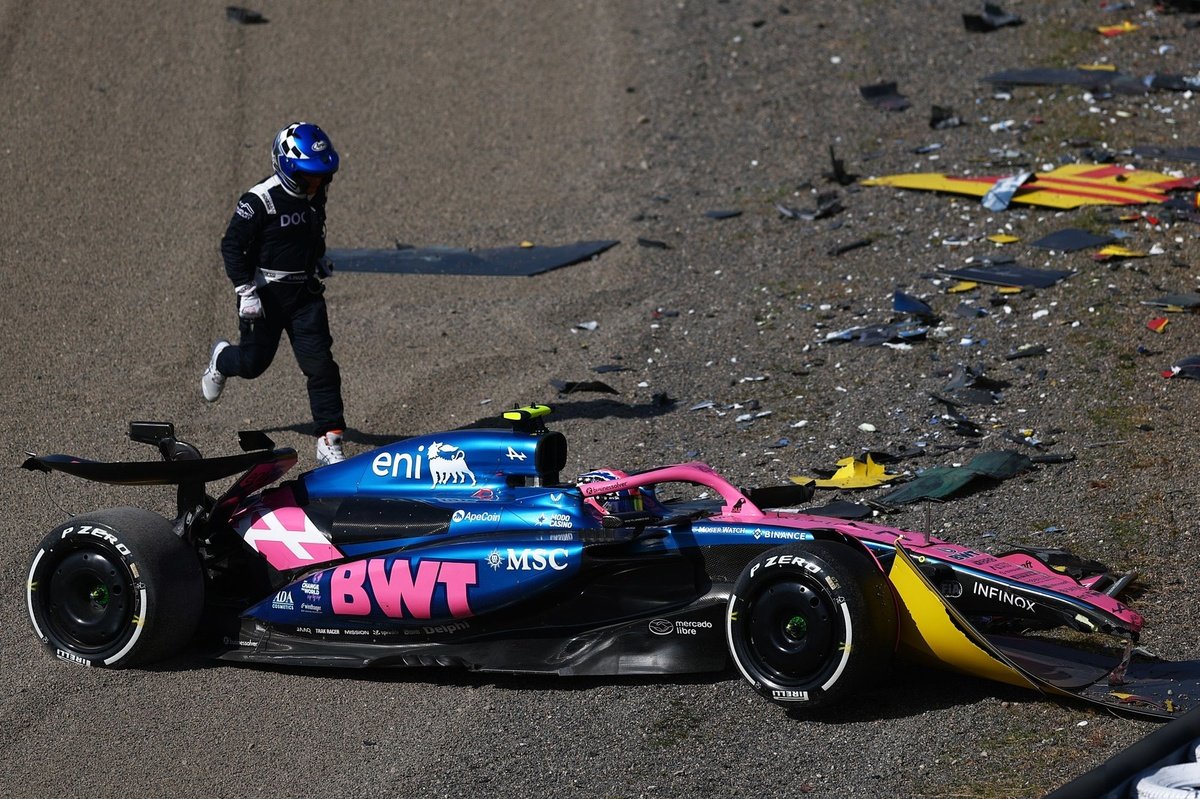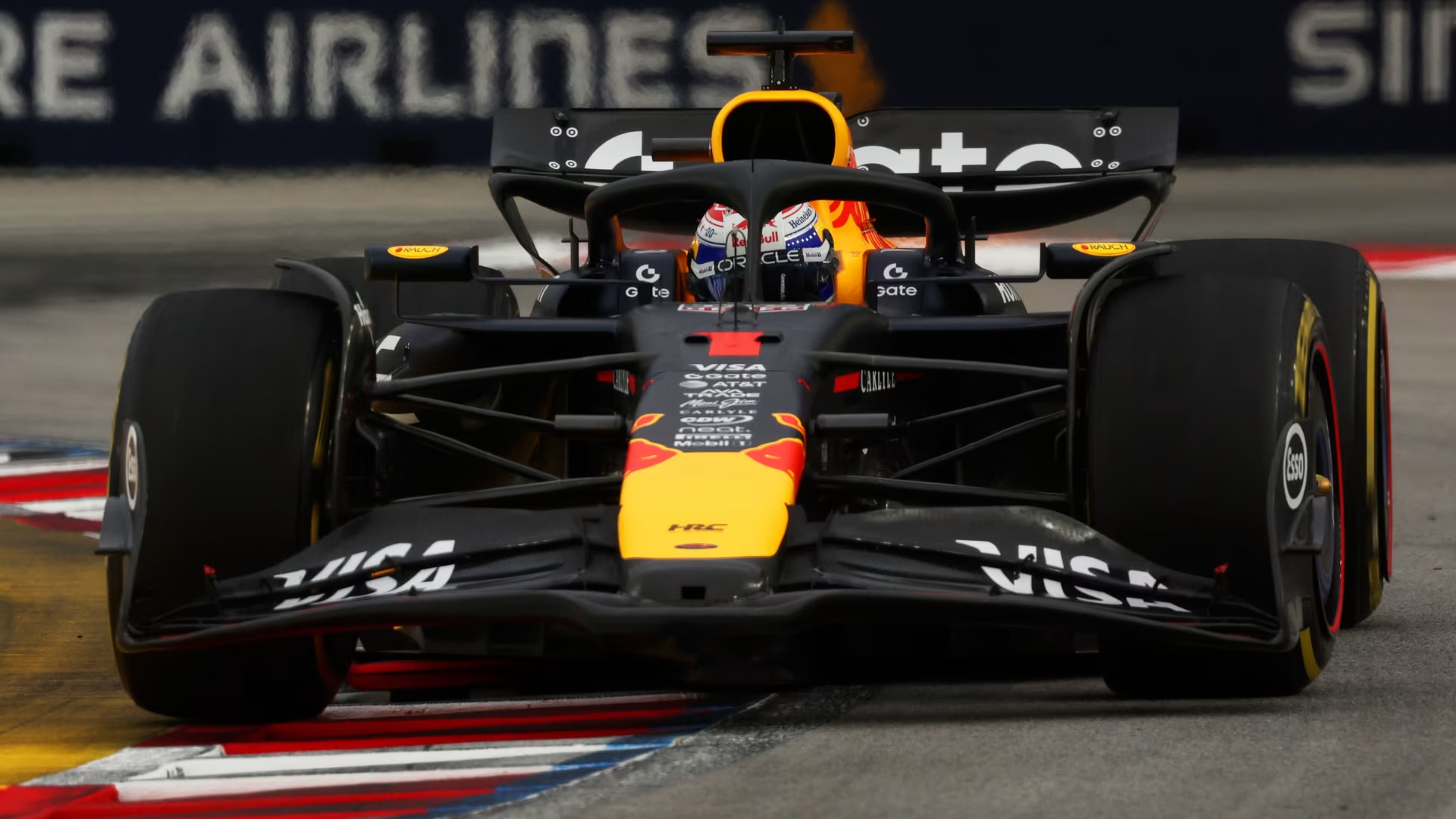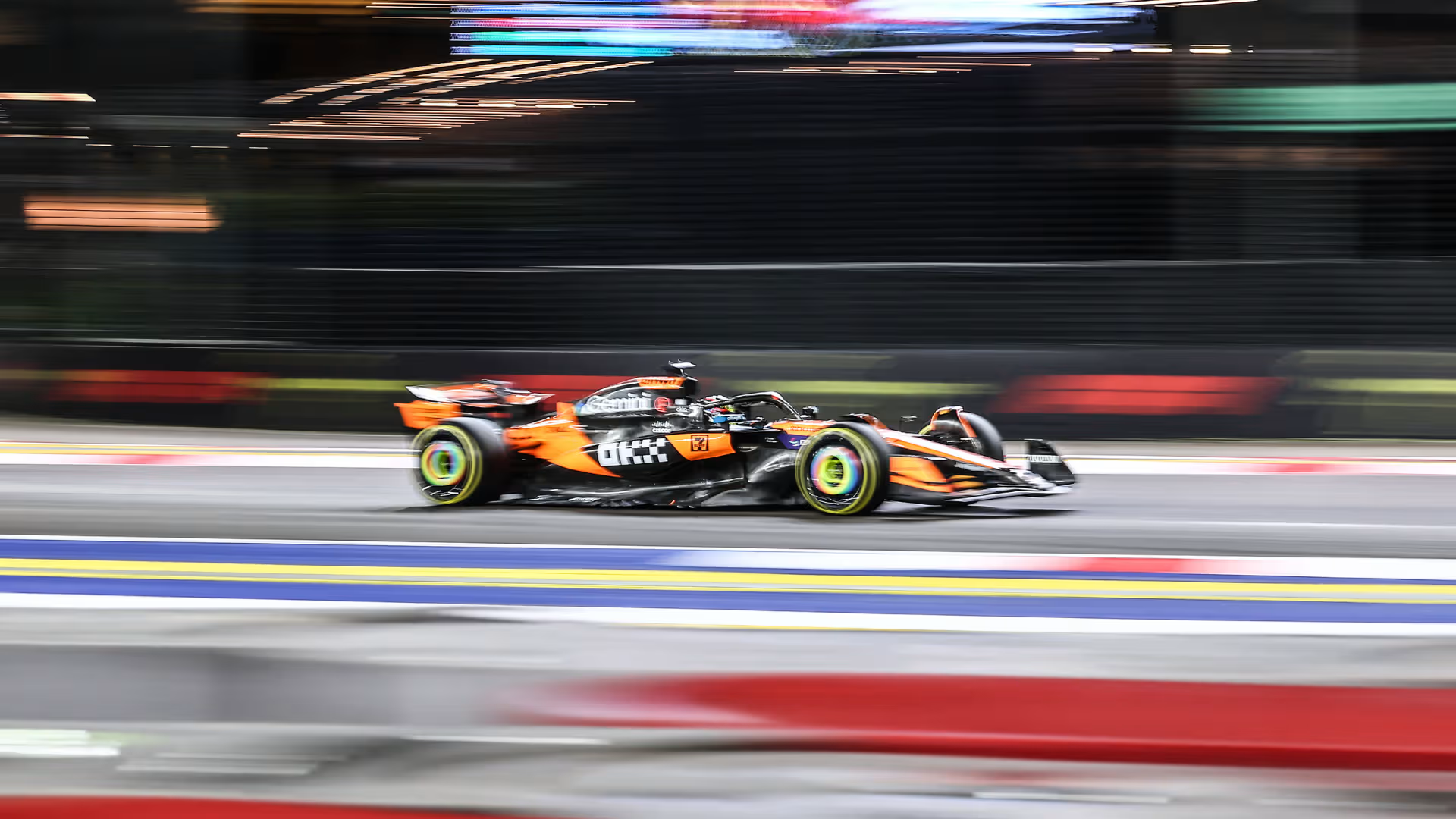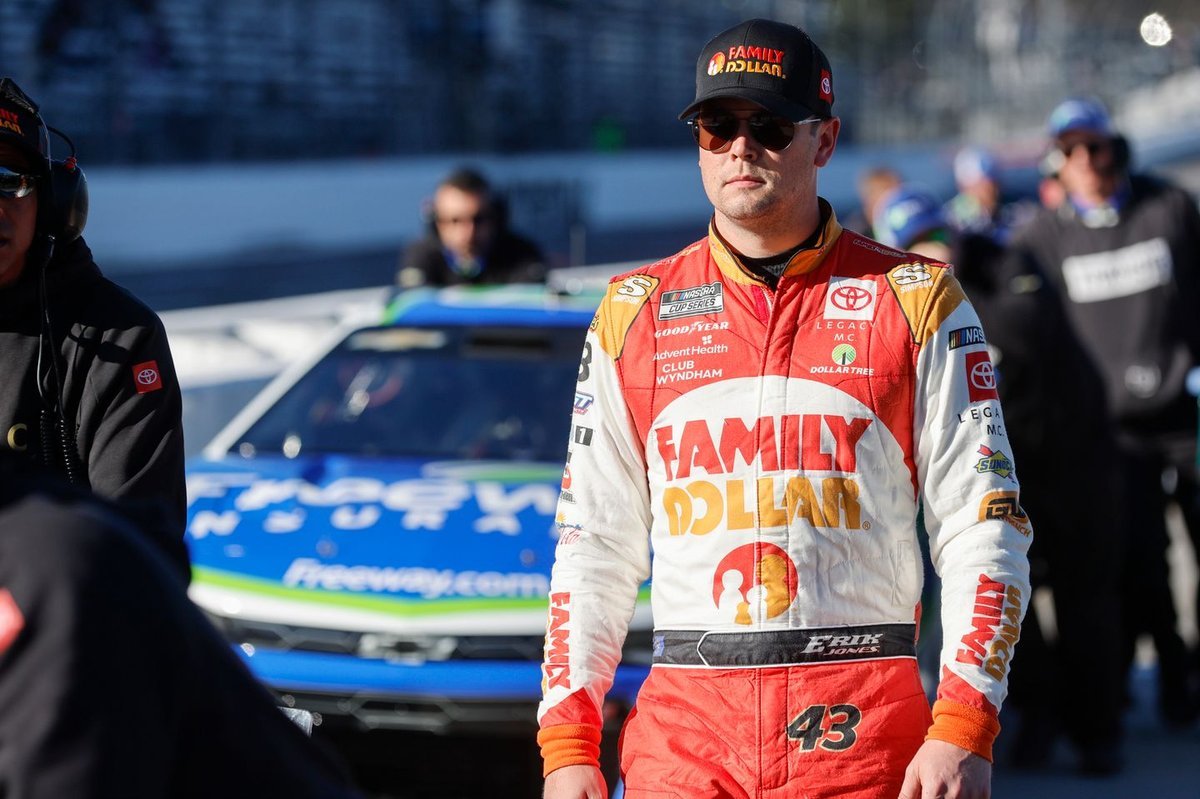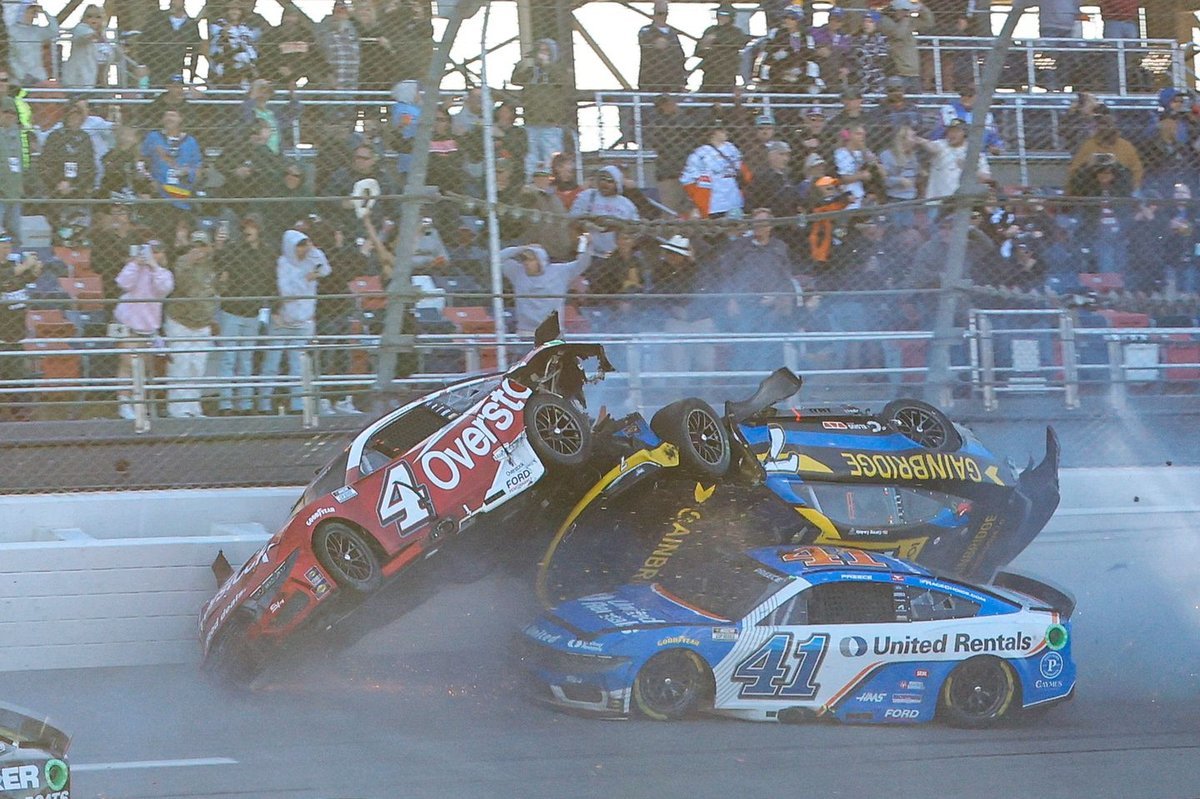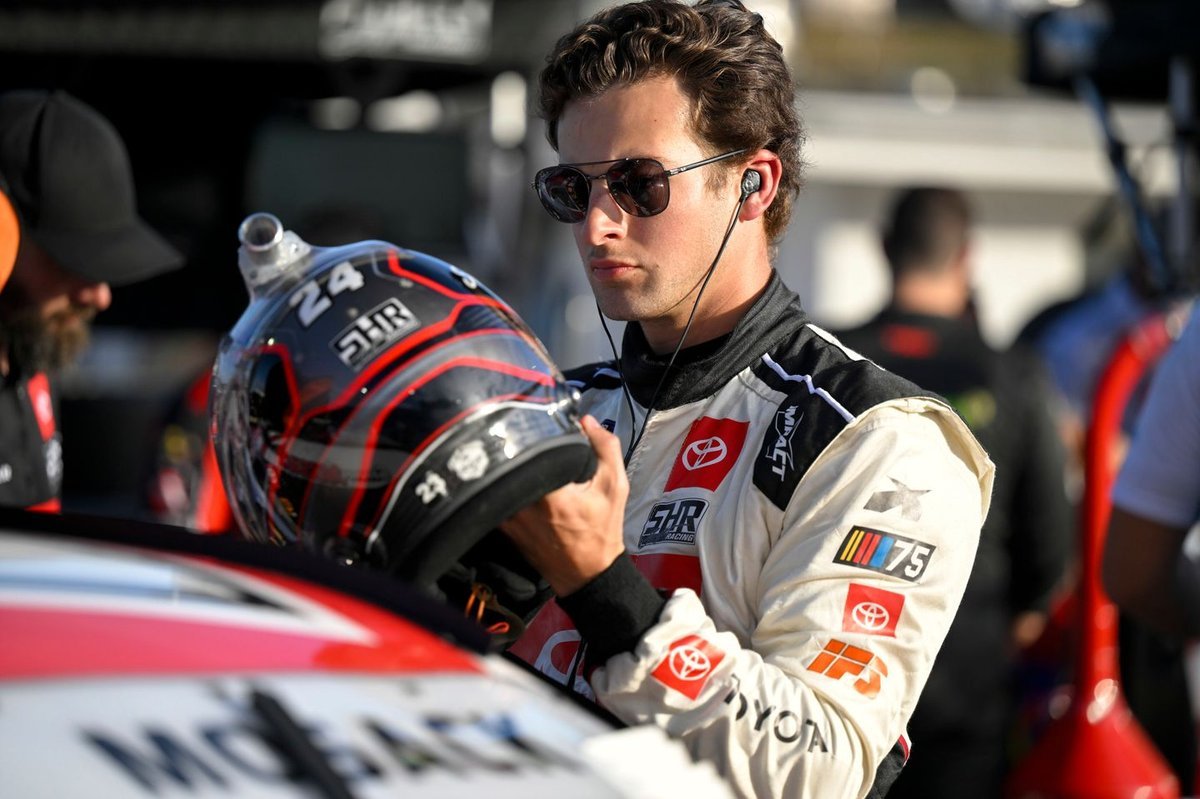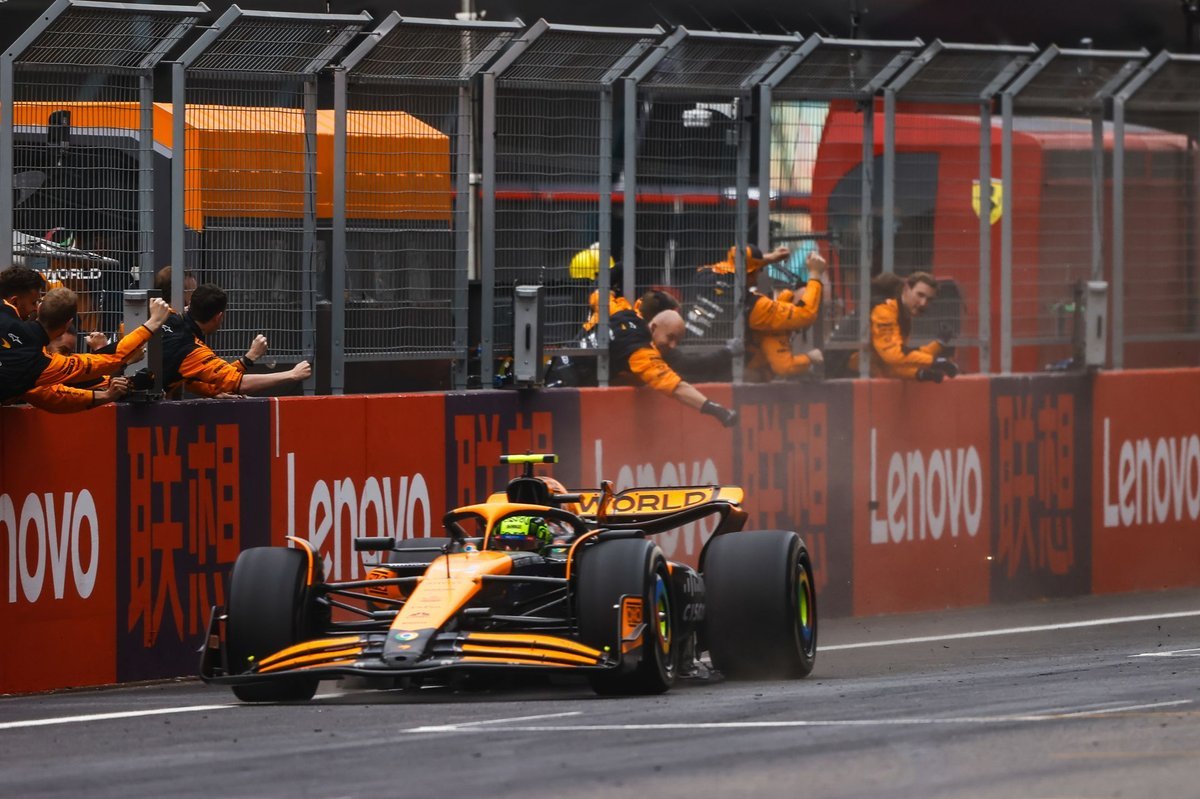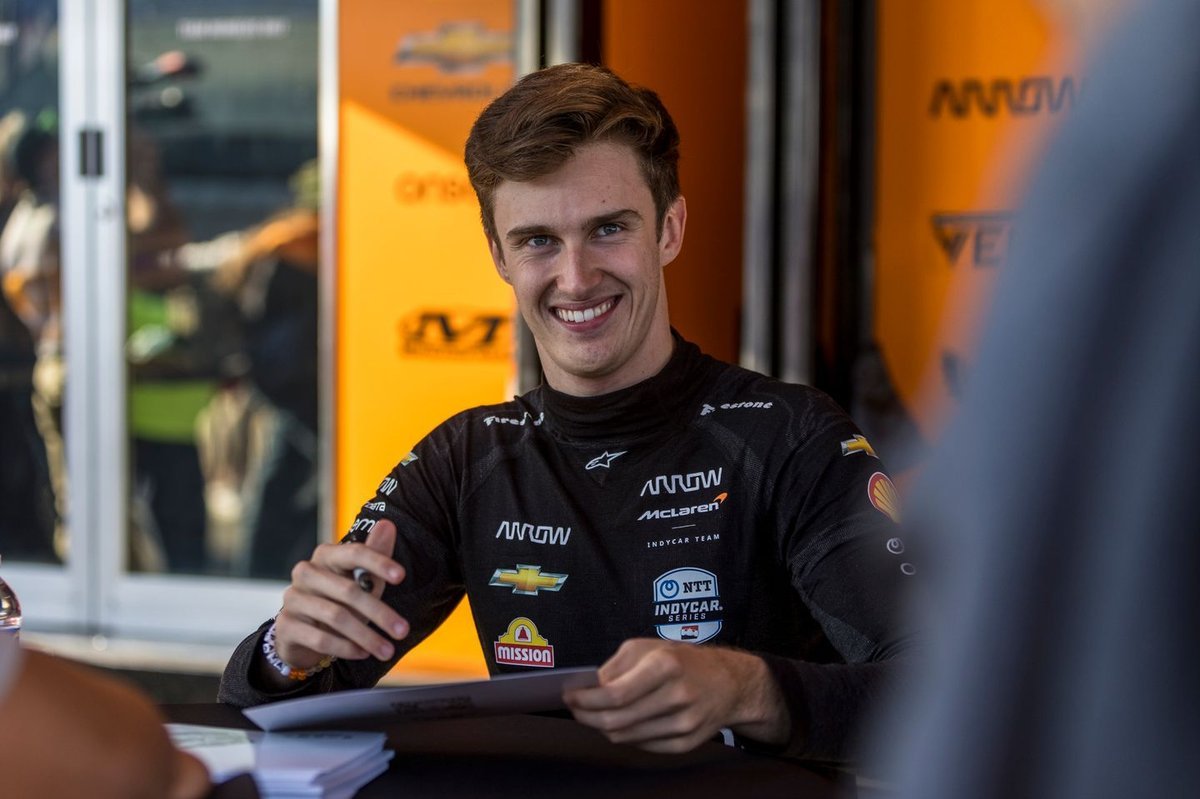
During the second free practice session (FP2) at the 2025 Japanese Grand Prix in Suzuka, Alpine’s rookie driver, Jack Doohan, experienced a significant crash at Turn 1. The incident occurred as Doohan approached the corner at approximately 330 km/h. Upon initiating his turn-in, the rear of the A525 lost stability, resulting in oversteer that sent the car off-track and into the tire barriers.
Technical Factors Contributing to the Crash
A detailed examination revealed that the Drag Reduction System (DRS) played a pivotal role in the mishap. At Suzuka’s Turn 1, drivers typically enter at high speeds, necessitating precise aerodynamic configurations. The DRS, when activated, reduces aerodynamic drag to increase straight-line speed but also diminishes rear downforce, which is crucial for cornering stability.
In Doohan’s case, the DRS remained open during his approach to Turn 1, leading to insufficient downforce on the rear tires. This reduction in traction caused the rear to step out, resulting in the loss of control.
Immediate Aftermath and Safety Response
Following the impact, Doohan remained in the cockpit for several minutes, indicating the severity of the crash. The FIA’s medical team promptly arrived at the scene, assisting him out of the vehicle. Subsequent medical evaluations confirmed that Doohan was uninjured, allowing him to continue participating in the race weekend.
Implications for Alpine and Doohan’s Future
This incident poses challenges for the Alpine team, both in terms of vehicle repairs and strategic considerations. The crash necessitated extensive repairs to the A525, potentially impacting the team’s performance in subsequent sessions. Additionally, Doohan’s position within the team may be under scrutiny, especially with reserve driver Franco Colapinto’s commendable performances highlighting internal competition.
Lessons Learned and Preventative Measures
The crash underscores the critical importance of DRS management, particularly on circuits with high-speed corners like Suzuka. Teams and drivers must ensure that DRS is deactivated in ample time before such corners to maintain optimal downforce and vehicle stability. Enhanced driver training and real-time telemetry monitoring can aid in preventing similar incidents in the future.
Understanding the placement of DRS zones in relation to track features is essential for optimizing performance while ensuring safety. Mismanagement of DRS, especially in proximity to challenging corners, can lead to loss of control, as evidenced by Doohan’s incident.
In conclusion, while the allure of increased speed through DRS is significant, its application demands meticulous attention to track-specific nuances to safeguard driver welfare and vehicle integrity.

